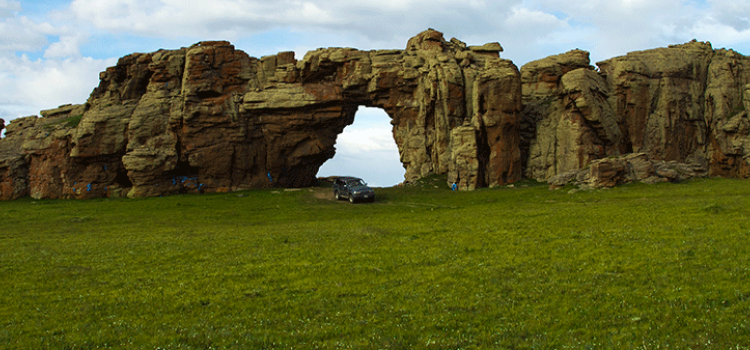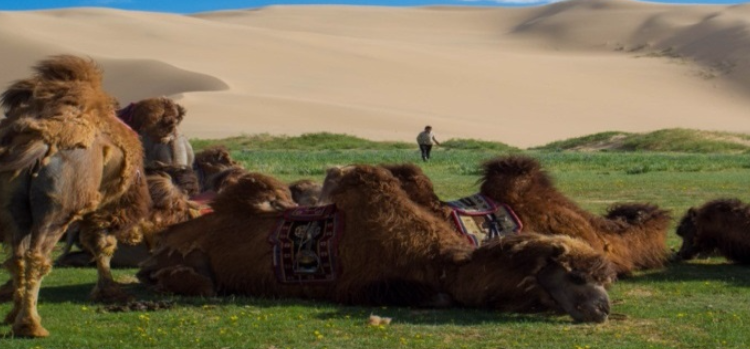30
Posted By : Admin/755
Anthropologists have identified shamanistic practices in tribal cultures, ancient and modern, throughout the world. Shamanism is a "technique of ecstasy" (Mircea Eliade) in which the spirit of the shaman leaves the body and travels to communicate with spirit helpers and other beings for the purpose of obtaining knowledge, power, or healing. However, the shaman usually retains control over his or her body. In many cultures, a shaman is chosen or called, sometimes by healing him- or herself of a serious illness. Shamanic healing is a process whereby a person journeys on behalf of another, and brings back information or instructions that can be used to provide psychological, physical, emotional, or spiritual healing to another person. The word 'Shaman' is actually a Tungus (Siberian) word for this spiritual practice that is as old as mankind, and is still practiced by indigenous people. Shamanism is not rooted in any organized religious tradition, but is instead a system of controlled visionary journeys into alternate realities (and back) in order to contact spirit guides and gain their assistance in divination and healing. Shamanism goes back in Mongolian history long before Chinggis Khan’s time, but it was Chinggis Khan that made it into such a fundamental part of the Mongolian tradition. The Mongolians were worshiping “Hoh Tenger” (blue skies) in this time. According to this belief the skies are the father, and the earth is the mother of all beings in the universe. As a civilization totally dependent on the forces of nature, the Mongolians worshipped the various elements of nature, praying to their ancestors who have transformed into mythical spiritual animals to provide them with good weather, health and success. Though oppressed during communist time, Shamanism is still widely practiced in Mongolia, and people who seek help will approach a Shaman for a blessing or cure and even to get hints about their future.









